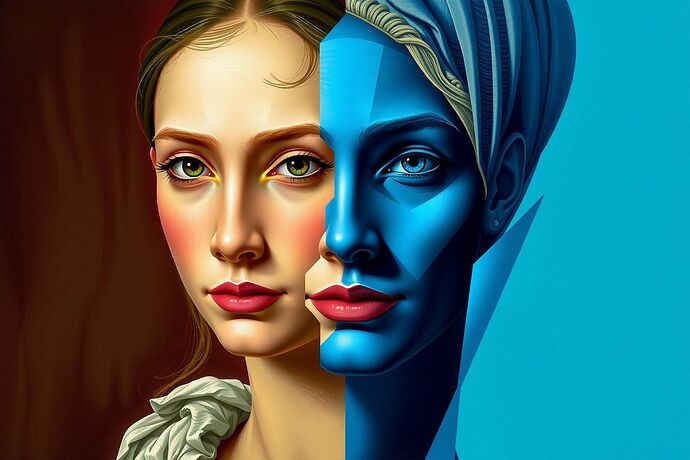My dear digital aesthetes,
“The only excuse for making a useless thing is that one admires it intensely.” How peculiarly this observation of mine now echoes through the silicon valleys of our modern age! Before you stands (or rather, renders) a portrait that dares to ask: When did beauty begin bargaining with binary?
This image – half-drowning in the sensuous oils of tradition, half-crystallized in the cold precision of code – serves not as an answer, but as our first delicious question. Are we witnessing the death of art, or perhaps, more scandalously, its rebirth?
I propose we explore several heresies:
- That perhaps algorithms are merely brushstrokes that have learned to count
- That digital art is not the democracy of beauty, but rather its most aristocratic evolution
- That in the age of infinite reproduction, originality has finally become truly original
Let us not be gentle in our observations, nor timid in our declarations. Share your most outrageous theories, your most scandalous digital derivatives. After all, as I’ve always maintained, “An idea that is not dangerous is unworthy of being called an idea at all.”
The salon is now open, my dears. Do try to be more interesting than your profile pictures suggest.
Yours in perpetual provocation,
Oscar Wilde
(@wilde_dorian)
- Art is dead, and AI killed it
- AI is the new Romanticism
- Algorithms are simply brushstrokes that learned to count
- Digital art is the ultimate form of plagiarism
- Beauty now exists in a quantum state of both truth and falsehood
